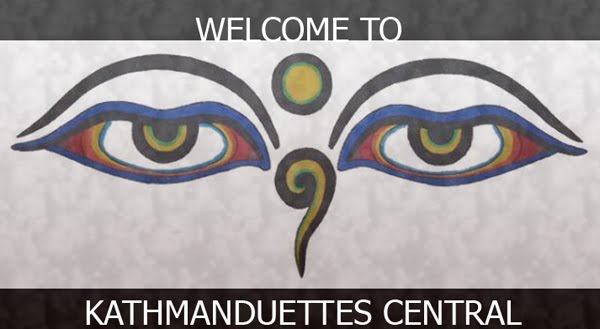Eye Doctor Extraordinaire: Dr. Filemon Olegario
Nana Nita (“Nana” is a title of respect used for addressing older women) was orphaned at an early age. As far as anyone could tell in the small rural village in Mangatarem, Pangasinan (some 110 miles north of Manila), she had no living relatives – a highly unusual situation in a country whose culture is famous for having “extended families”. She makes her living by cultivating a small vegetable and herb patch whose produce she sells at the local weekly market.
She was getting older and her sight was slowly leaving her until she could no longer see what was in front of her. Eventually, she spends her time begging as she could no longer tend her patch or make her way along the rural road from her shack to the market which is a kilometer away. Her cataract was getting the better of her and her health was failing because she eats only during the few times her kind neighbors give her food. She insists she could still tend her garden only if she could get her vision back.
One summertime, a Filipino medical couple has arrived in town from the USA. Nana Nita learned that the couple were Dr. Filemon Olegario (nicknamed “Fil”), an eye doctor from South Dakota and Josie, his wife. She further learned that the Olegario(s) were going to conduct a mission in her village. On the date of the mission, Nana Nita asked her neighbors that she be helped to be brought to Fil at the mission site. When Dr. Olegario saw Nana Nita’s condition, he lost no time in subjecting her to eye examination. Having found her to have cataract in her eyes, he scheduled her immediately for operation at the Mangatarem District Hospital.
According to SEE International of which Fil is a member, cataract surgery “is one of the most cost-effective of all health interventions. Cataract blindness is readily curable. A volunteer SEE International surgeon can restore the sight of a person who has been blind with cataracts for 5, 10, or even 20 years with a local anesthetic and a 30-minute surgery. (http://www.seeintl.org/aboutus/default.asp).
The Mangatarem High School Class of 1959 Eye Medical Mission of which Fil is a member coordinates and seeks out the most needy villages (barangays) to be visited. Invitations are also received from the nuns at a nearby monastery, rural health workers, and barangay officials. For a “fee” consisting of simple lunch, the mission team goes into full swing and sets up make-shift eye examination rooms seeing about 180 patients a day. Those screened for surgery are scheduled for operation by a surgical partner, also a medical volunteer, Dr. Monina Posadas, at the town’s hospital. Dr. Posadas, who with her staff stay at Fil’s house in Mangatarem during the missions, takes over in making post-op follow ups upon Fil and Josie’s return to the USA.
The yearly missions which usually involve visiting seven villages (barangays) are not only confined to saving sights; while conducting them or after the team is done with them, Fil and Jose take time out to distribute clothes and canned goods donated by charitable groups in the USA and Canada. The beneficiaries are screened by them to be only those who are truly deserving to receive.
Fil and his team has been conducting free clinics to poor and needy people in the Philippines since the second half of 1980 decade. It all started when, as a resident in EENT at a hospital in Manila, he joined multi-specialty medical teams to different parts of the country. His exposure to the crying medical needs of the disadvantaged and impoverished villagers without access to vision care has moved him to organize the missions as a way of paying back the people and relatives from his town who nurtured him as a growing up kid. His effort deserves special recognition as so many have benefited from his services which he donates voluntarily.
Whatever Fil derives from his mission work, he doesn’t seem to get enough of it as he keeps coming back each year. Nobody knows how soon he tires of doing it but one thing is sure --- the opportunity is always there for him to get his satisfaction as there are always many Nana Nitas waiting for his return.





